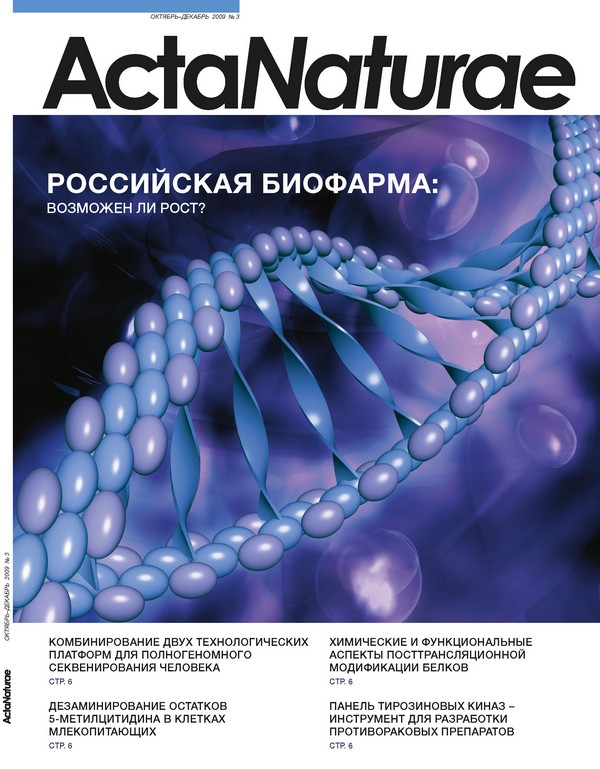Abstract
The toxic and genotoxic effects of silver nanoparticles were studied on injected mice (BALB/c line) in vivo. A water solution of silver nanoparticles (SNP) with particle sizes of 9±6 nm was obtained by means of the original method of biochemical synthesis. The effect of the SNP solution was compared to those of AOT (anionic surfactant used as SNP stabilizer) and silver nitrate (i.e. Ag- ions) introduced as water solutions. In studies of the toxic effects, the death of mice was registered 12-24 hours after injection only at two maximum dozes of SNP (equivalent to 0.54 and 0.36 gAg/l). It is shown that the toxic effect decreases in the sequence SNP>AOT>>AgNO3. The LE50/30 values for SNP and AOT are equal to 0.30±0.07 gAg/l and 13.3±2.1 gAg/l, respectively. Genotoxic effects were assessed by the abnormal sperm heads test and neutral Comet assay. The frequencies of abnormal sperm heads (ASHs) did not differ after treatment by SNP and AOT, but both were significantly higher than those found with AgNO3 and in control mice. Comet assay showed an increase of the DNA percentage in the comet tail in spleen cells after the injection of SNP and AOT in concentrations of ½ LE50/30. Tail DNA % was 32.8±1.3 and 26.3±1.7%, respectively, vs 16.2±0.7% for the untreated control. To sum up, these tests showed that the genotoxic effects of the SNP solution are associated with the presence of AOT rather than SNP.
Full Text
The use of nanotechnological products in human activities has been steadily increasing in recent years. Because of this, it is of vital importance to study the biological effect of various nanoparticles and nanocomposite materials, and especially their effects on animal and human organisms. The main issue is to elicit the toxicity of nanoparticles for humans and thus, the potential risk in the use of nanoparticle- and particlebased products. Of utmost interest are metal nanoparticles and their biological effect, since these particles are most often used in novel products in various fields in manufacturing and medicine. During the last decade, abundant data has been obtained on both the positive (therapeutic effect) and negative (increase in the appearance of various diseases) effects of metal nanoparticles on living organisms [
1,
2]. Silver nanoparticles are one of the most popular objects of research, since they have been actively used in the manufacturing of various consumer goods, such as dietary supplements, clothes, household appliances, toys, etc. Silver particles were mainly studied in bacteria, so as to elicit the particle’s antimicrobial activity [
3–5] or using in vitro cell cultures (for example [
6]). There are also some data on the effect of silver nanoparticles on human fibroblasts [
7]. Over all, data on the effect of silver and other metal nanoparticles are sparse. Up to now, there have been practically no data on the biological and genetic effect of silver nanoparticles introduced into a mammalian organism. Experimental proced ures This work studied the toxic and genetic effects of silver nanoparticles (SNPs) on mice in vivo. We used water dispersions of SNPs obtained by biochemical synthesis [
8]. The particle size was 9 ± 6 nm. It was previously shown that water dispersions showed a pronounced antibacterial and antiviral effect [
9], as well as a strong antibiotic effect on the slime mold Physarum polycephalum [
10].
About the authors
Vavilov Institute of General Genetics, Russian Academy of Sciences
Vavilov Institute of General Genetics, Russian Academy of Sciences
Institute of General Pathology and Pathophysiology, Russian Academy of Medical Sciences Science-Technology Company "Nanomet"
Vavilov Institute of General Genetics, Russian Academy of Sciences
Email: rubanovich@vigg.ru







